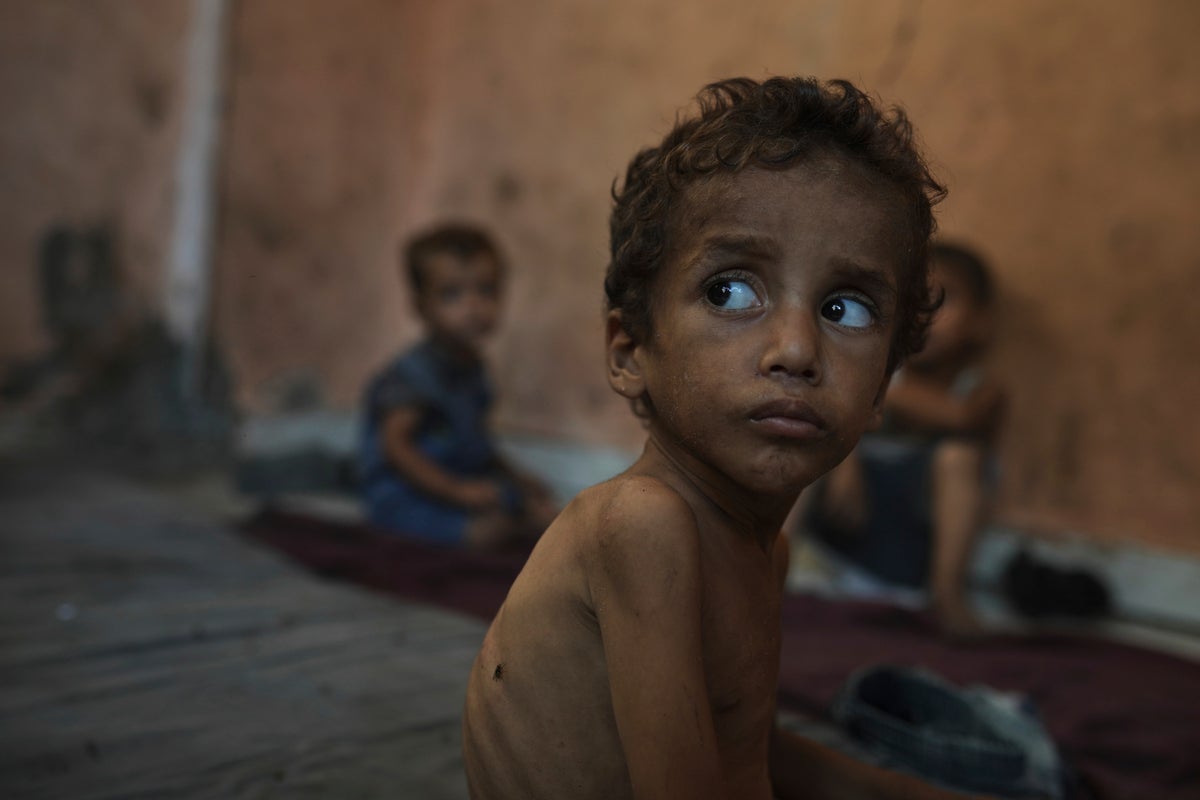T4K3.news
Investigation reveals misleading portrayal of Gaza's humanitarian crisis
A report found that toddler Muhammad al-Matouq suffers from genetic diseases, not starvation.
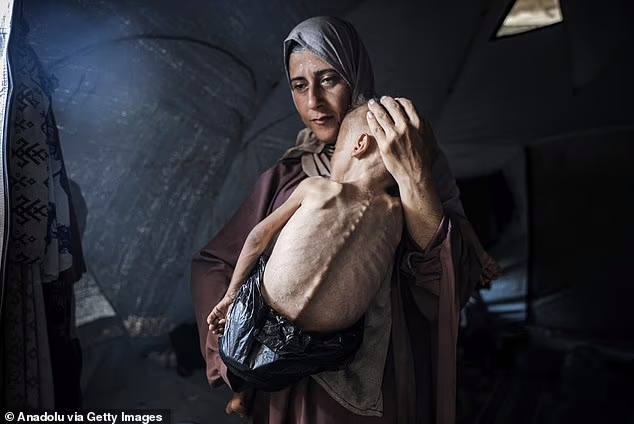
An investigation uncovers the complexities behind media narratives on Gaza's child malnutrition.
Investigation reveals misleading portrayal of Gaza's humanitarian crisis
Recent coverage of the humanitarian crisis in Gaza prompted a shift in international response, including humanitarian aid airdrops by Israel. However, a photo of 18-month-old Muhammad al-Matouq wearing a garbage bag as a diaper has come under scrutiny. Journalist David Collier found that the child suffers from genetic conditions rather than starvation, a fact overlooked in mainstream media reports. Collier's investigation revealed that Muhammad’s family struggles are more complicated than the famine narrative suggests. Images from Gaza, including Muhammad's, have fueled a strong humanitarian discourse, but analysts caution against oversimplifying the situation.
Key Takeaways
"Even in the clip, the mother alludes to long-standing struggles and physical therapy treatments."
Collier highlights how the BBC's reporting omitted key medical details about the child.
"The child’s spinal curvature strongly suggests cerebral palsy, but the BBC narrator never addresses it."
This point reveals how media narratives can mislead the audience regarding individual circumstances.
"Hamas routinely exploits the civilian population as propaganda tools, with control over humanitarian aid distribution."
Collier notes the manipulation of humanitarian efforts for political gain in the region.
"The narrative of starvation is reinforced without addressing specific medical conditions affecting the child."
This statement showcases how complex realities are often flattened in reporting.
This incident underscores how images can influence public perception and provoke humanitarian responses. The media's portrayal of suffering in conflict zones often lacks context. The outcry sparked by Muhammad's plight reflects a genuine concern for the people of Gaza, but it also opens the door to questions about journalistic ethics. As outlets rush to capture attention, the potential for misrepresentation grows, which can diminish the complexities of the humanitarian crisis. Understanding the full scope, including underlying health issues and the political landscape, is crucial for accurate reporting.
Highlights
- The narrative of famine may obscure deeper truths in Gaza's crisis.
- Images can provoke sympathy but might misrepresent reality.
- Reporting requires context to honor the complexity of human suffering.
- The risks of sensationalism can overshadow genuine issues.
Sensitive reporting raises concerns about media ethics
The portrayal of Gaza's humanitarian crisis can lead to backlash against media outlets for misrepresentation, impacting public trust and policy decisions. Misleading narratives may also exacerbate tensions between conflicting parties, complicating humanitarian efforts.
Contextual understanding is essential for meaningful engagement with global humanitarian efforts.
Enjoyed this? Let your friends know!
Related News
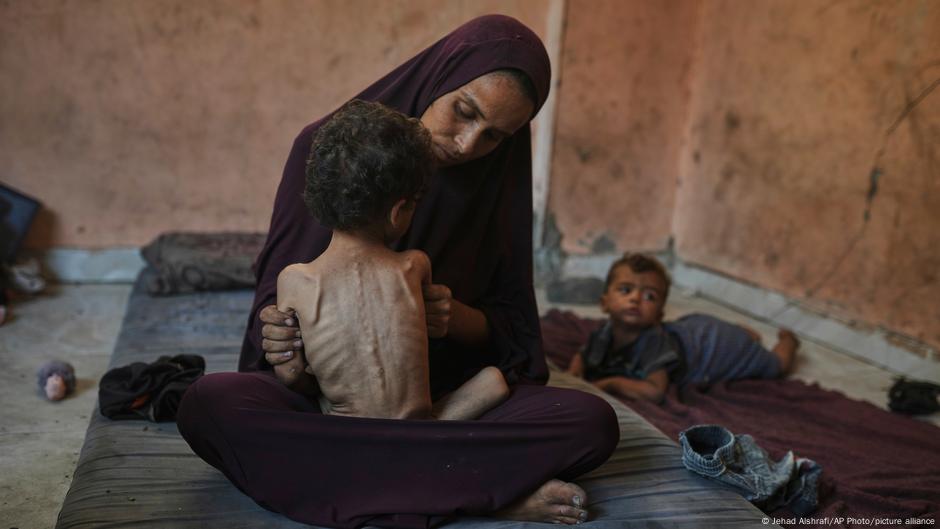
Aid groups highlight starvation crisis in Gaza
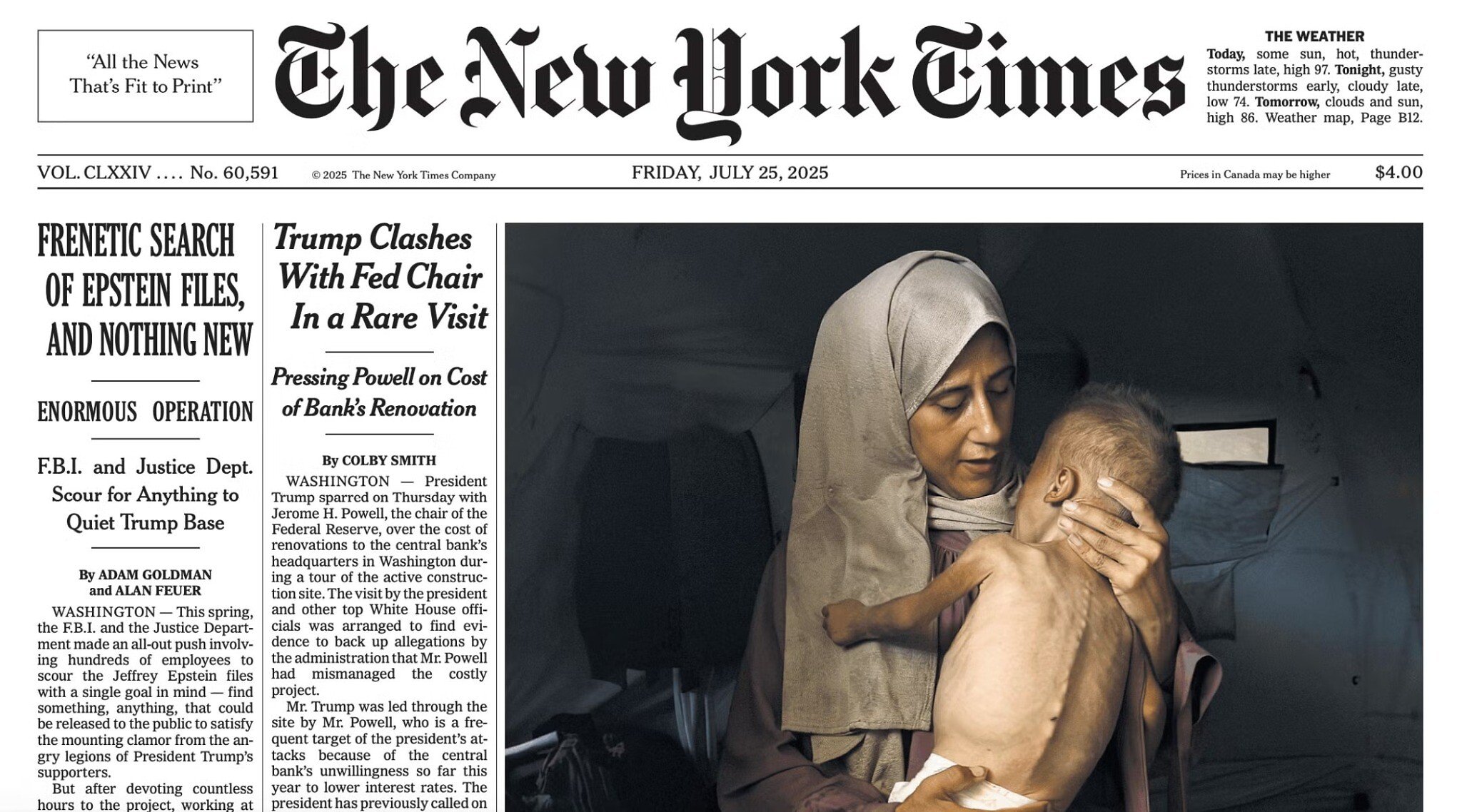
New York Times corrects story about Gaza child

Mia Khalifa calls out John Kirby over Gaza response
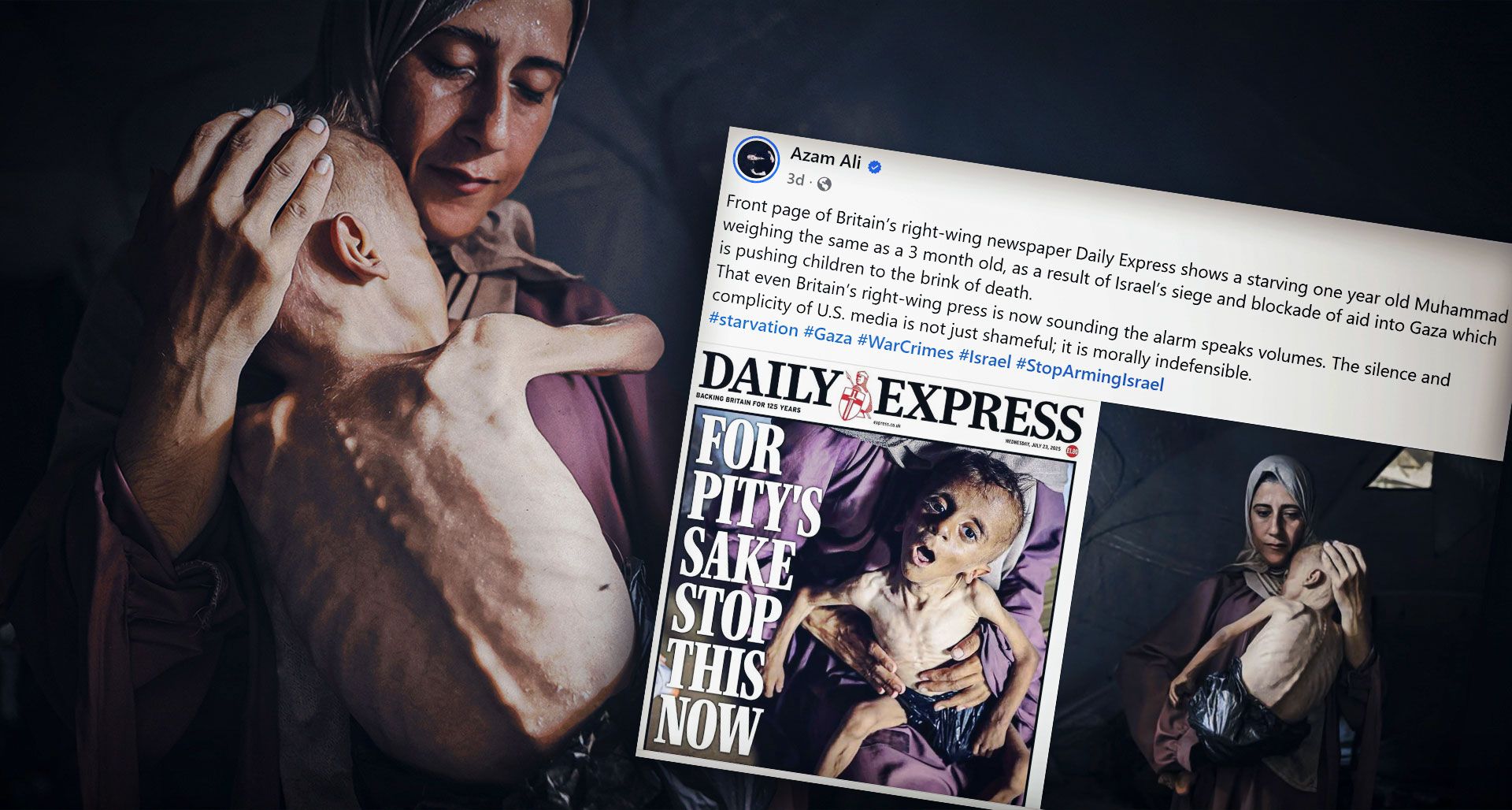
Photo of malnourished child in Gaza misrepresented
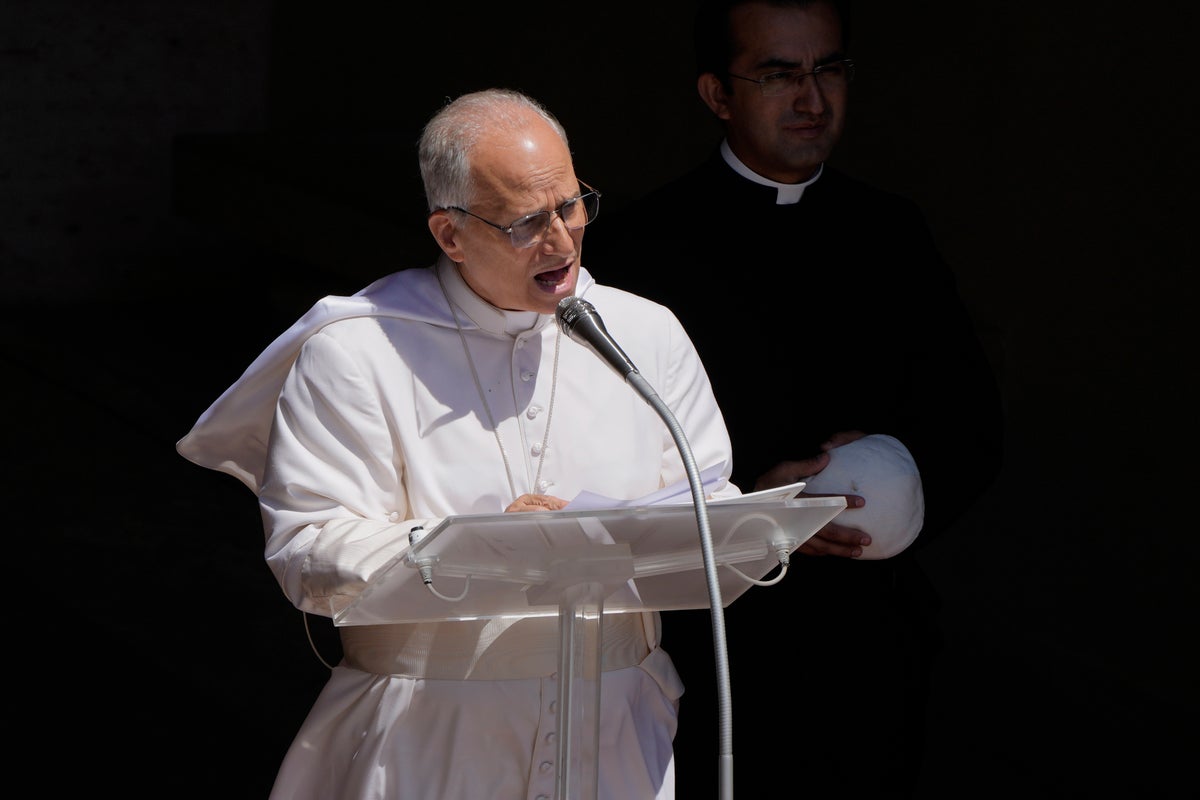
Pope condemns violence in Gaza amid ongoing humanitarian crisis

Israel regrets church strike in Gaza
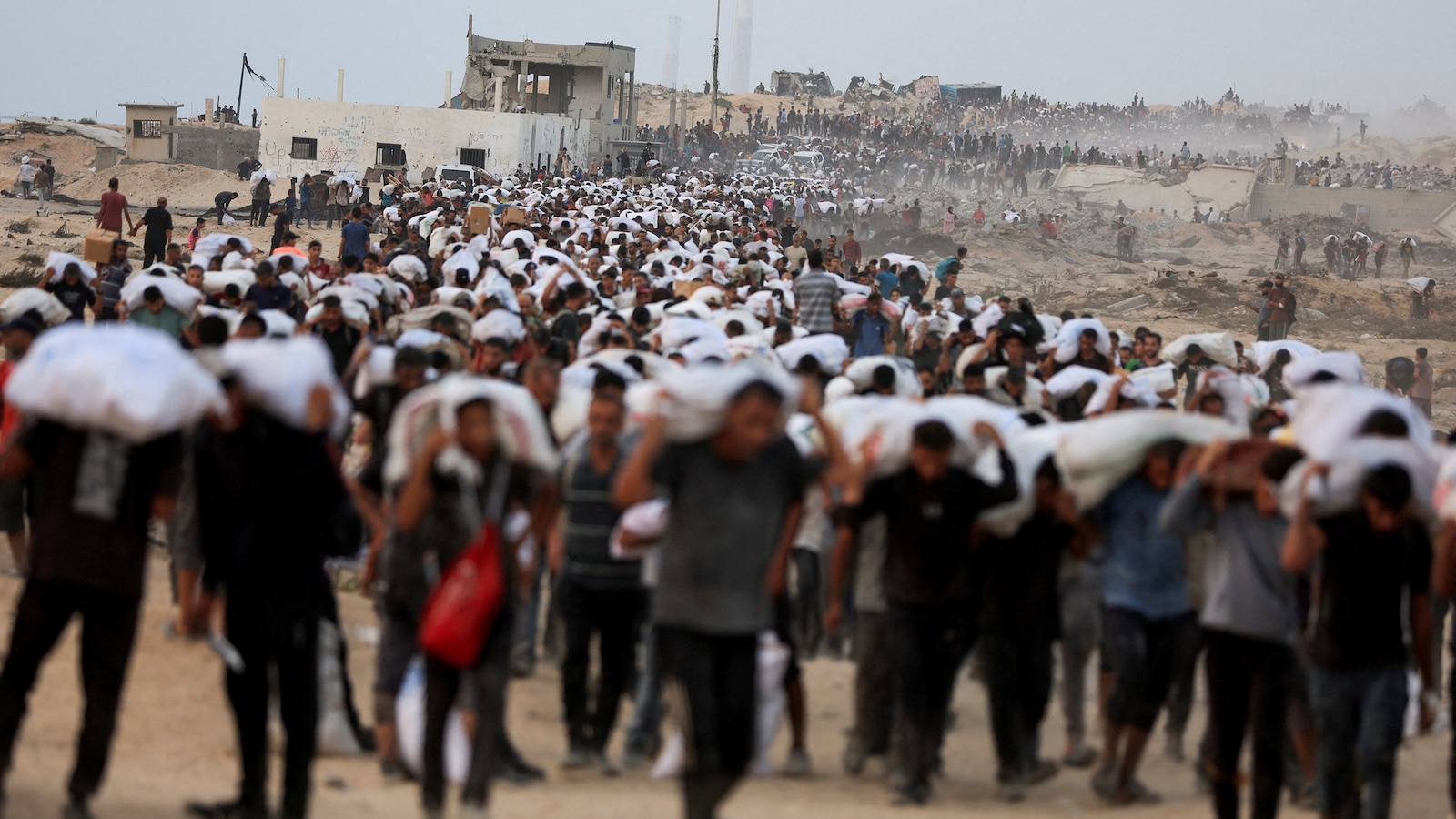
Human Rights Watch claims Israel committing war crimes in Gaza

Canada Will Recognize Palestinian Statehood Soon
